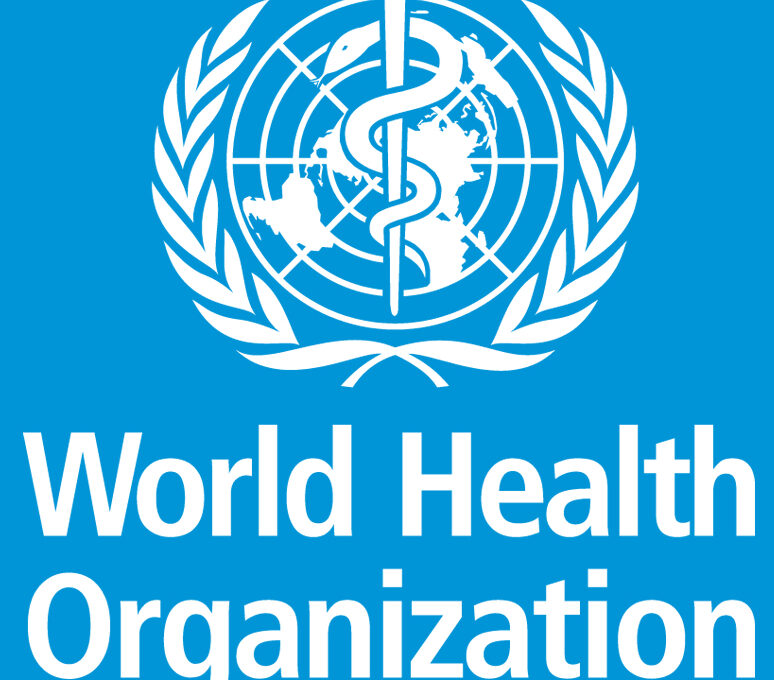The World Health Organization,WHO,has advised African governments to consider environmental tax levies on tobacco across the value and supply chains.
The agency’s Regional Director for Africa, Dr Matshidiso Moeti,who conveyed the suggestion in a statement to mark this year’s World Tobacco Day, reiterated WHO’s support to tobacco-growing countries to assist farmers to switch to alternative crops.
She also implored countries to accelerate implementation of the WHO Framework Convention on Tobacco Control (WHO FCTC), which provides the necessary guidance to advance the creation of smoke-free environments, to create programmes to support tobacco users to quit, and support for the application of excise tax and other financial countermeasures.
This year’s theme, “Tobacco: Threat to our environment”, aims to highlight the environmental impact of the entire tobacco cycle, from cultivation, production and distribution, to the toxic waste it generates.
She said: “Despite 24 African countries instituting bans on smoking in public places, and 35 banning tobacco advertising, promotion and sponsorship, our estimates are that one in every 10 African adolescents use tobacco. The emergence of new products, such as electronic nicotine and tobacco products, are also proving attractive to youths, compounding the concerns.
“With 44 of WHO African Region’s 47 countries having ratified the WHO Framework Convention on Tobacco Control, which commits them to adopting effective and evidence-based measures to curb tobacco consumption, the need to address related environmental damage has seen WHO redouble its efforts to counter the overall threat.
“The environmental impacts of tobacco farming include massive use of water, which is a scarce resource across most of the continent, along with large-scale deforestation and contamination of our air and water systems.Land used to grow tobacco could also be used much more efficiently, especially in countries grappling with food insecurity. To help counter the threat, WHO has joined hands with the Food and Agriculture Organization of the United Nations (FAO) and the Kenyan government to create the Tobacco-Free Farms project.
“Launched in March, the project supports farms to switch from tobacco to alternative food crops, that will help feed communities, rather than harm their health. UN agencies and the Kenyan government provide training, inputs such as seeds and fertilizer, and a ready market for their harvest through the World Food Programme’s local procurement initiatives.”
Moeti further hinted that hitherto 330 Kenyan farmers have switched to growing beans, with the first harvest yielding more than 200 metric tons.
The second season, which has just begun, she said,is now reaching more than another 1000 farmers,adding that the development is extremely encouraging for the agency’s plans to roll this programme out to other tobacco-growing countries on the continent.
She added:”This is the kind of hard evidence that is essential to change the mindsets of farmers, and governments, who believe that tobacco is a cash crop with the potential to generate economic growth. In Malawi, for example, tobacco accounts for about half of all exports. The comparative number for Zimbabwe is 13%, and 6% and 3% for Mozambique and Tanzania respectively.
“What is less accepted is that these are unfortunately short-term gains, that are eclipsed by the long-term consequences of increased food insecurity, sustained debt for farmers, illness and poverty among farmworkers, and widespread environmental damage. Tobacco-related illness in the African Region accounts for 3.5% of annual total health expenditure.
“While tobacco leaf production is decreasing globally, it is increasing in the WHO African Region, which now produces about 12% of all tobacco leaf internationally. Nearly 90% of tobacco growing in the Region is concentrated in the East and Southern sub-regions, including Zimbabwe (26%), Zambia (16.4%), Tanzania (14.4%), Malawi (13.3%), and Mozambique (13%).
“Tobacco growing is a significant driver of deforestation too, due to the large quantities of wood needed for curing. Deforestation is, in turn, one of the largest contributors to carbon dioxide emissions and climate change, also advancing loss of biodiversity, land degradation and desertification. Estimates are that the wood requirement to cure tobacco is responsible for 12% of all deforestation in Southern Africa.
Additionally, “Tobacco cultivation exposes farmers to several health risks, including “green tobacco sickness”, which is caused by nicotine absorbed through the skin during the handling of wet tobacco leaves, as well as exposure to pesticides and tobacco dust.
“Cigarette butts, meanwhile, are by far the single largest category of litter, with research showing that cellulose acetate-based cigarette filters are largely non-biodegradable. Cigarette butts litter pavements, parks and beaches, finding their way into waterways and leaching harmful chemicals that poison animals and aquatic life – and children. Reducing tobacco consumption is a key catalyst towards realizing the health-related Sustainable Development Goals but, as the environmental evidence illustrates, the benefits go far beyond health”

